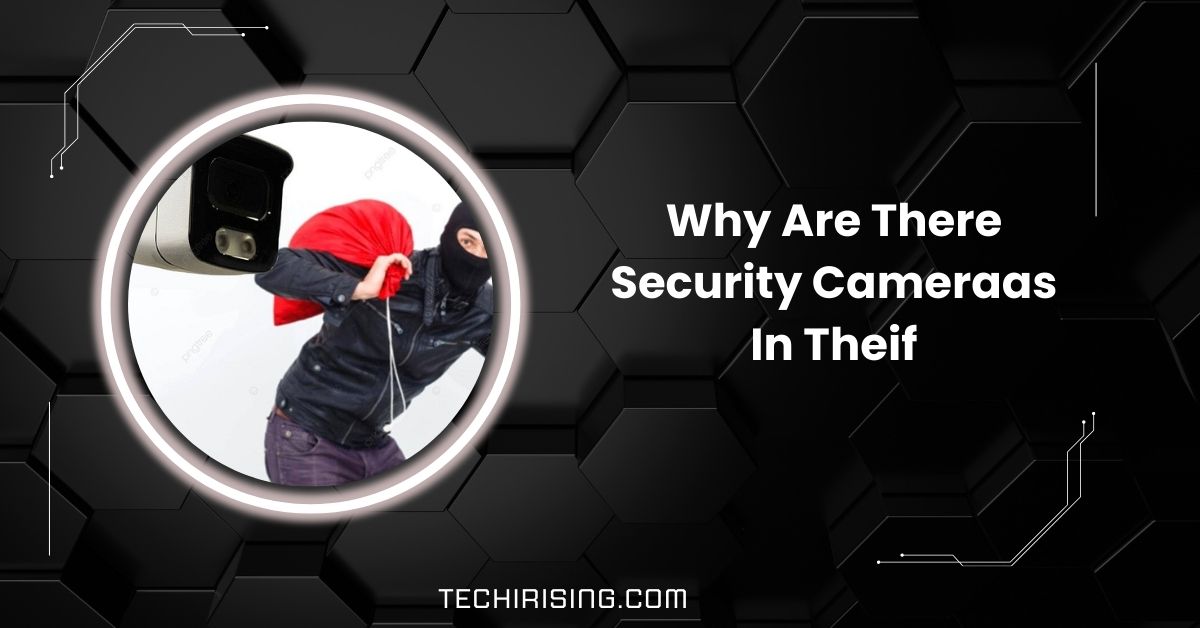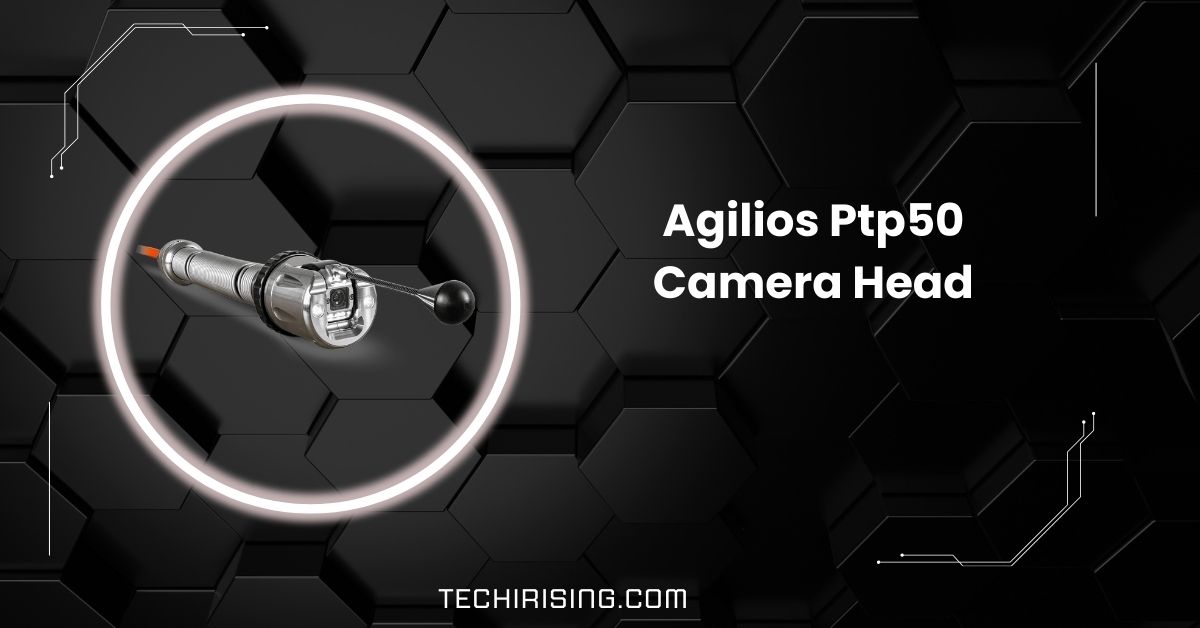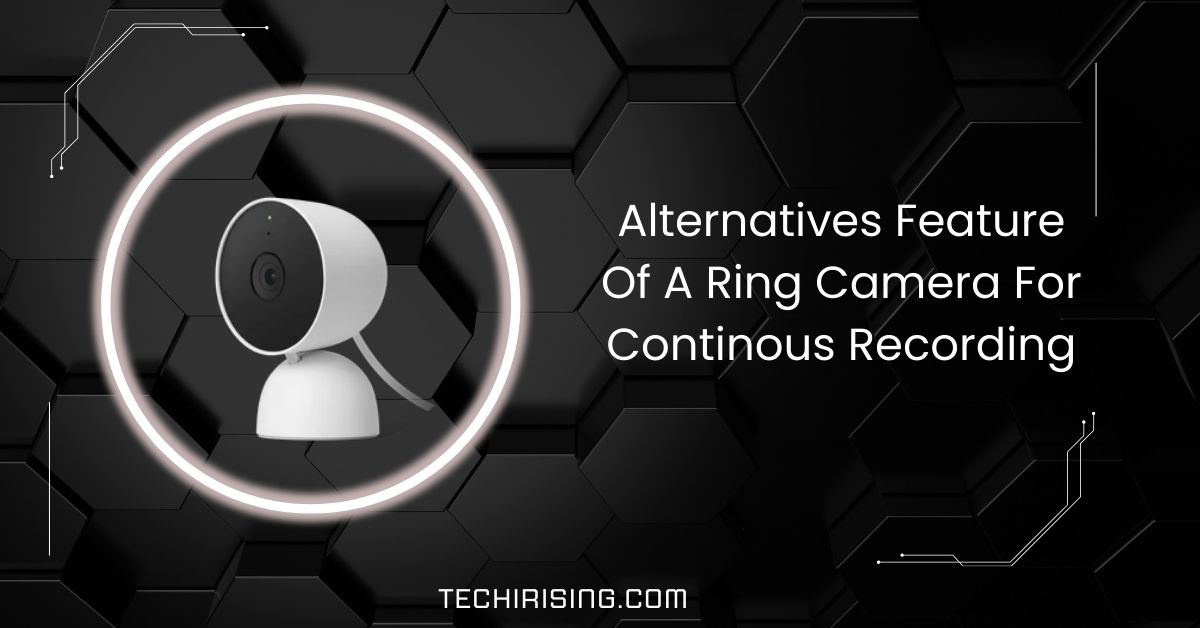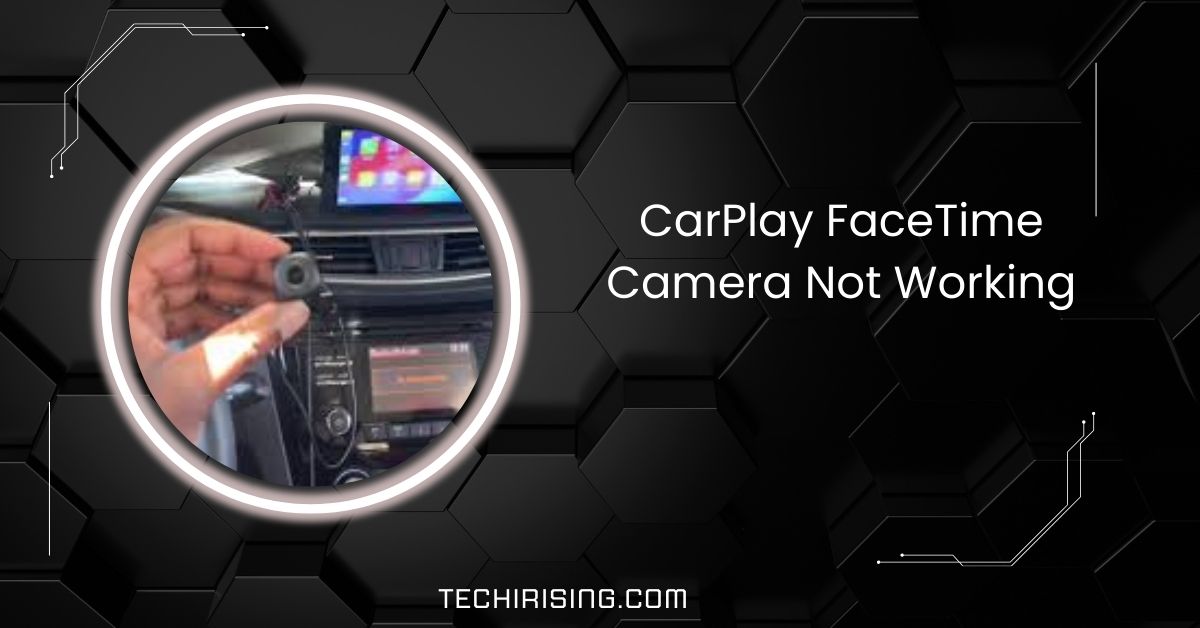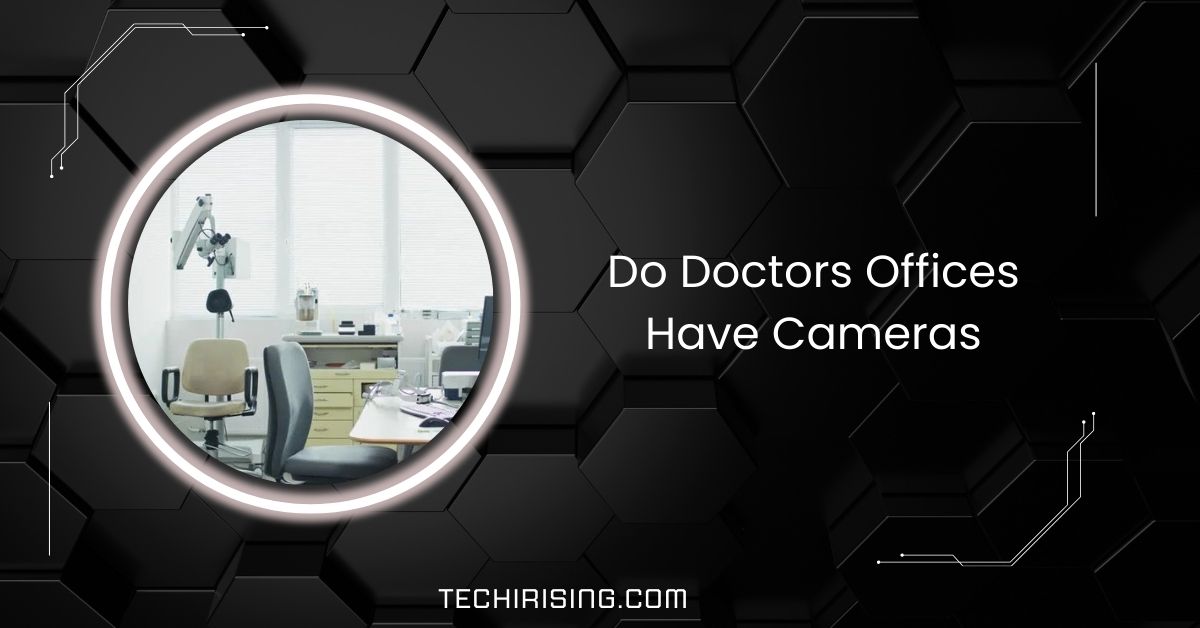Security cameras are everywhere today, from homes to stores and public places. They’re meant to keep us safe by watching over our spaces and catching wrongdoers.
Security cameras deter thieves by acting as obstacles and surveillance tools. Visible cameras often stop burglars, providing better security than none. Advanced technology ensures reliable monitoring, protecting properties effectively against criminal activities.
This article explores common questions about security cameras, including how they work, how thieves might try to disable them, and why some criminals continue to commit crimes even when they know they’re being recorded.
Ensuring Institutional Security and Order
Security cameras help keep prisons safe and organized. By watching activities 24/7, they ensure everyone follows the rules.
Cameras help staff monitor prisoners and quickly respond to emergencies or fights. They also provide proof of what happens if an incident occurs.
This helps avoid misunderstandings or false accusations. Knowing they are being watched makes prisoners and staff more careful, creating a safer environment.
Surveillance also prevents the smuggling of banned items like drugs or weapons. Overall, cameras make prisons more secure and help maintain peace.
Preventing Escapes and Unauthorized Activities
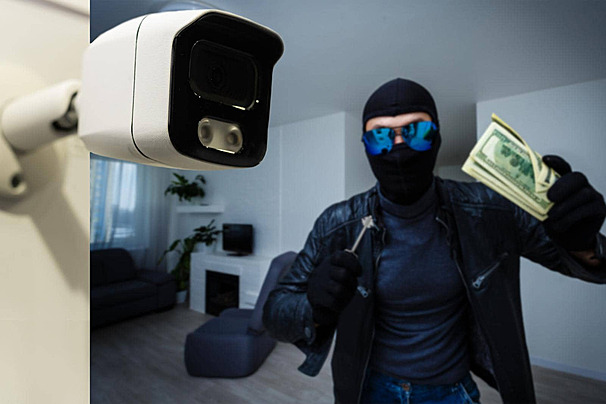
Cameras are critical in stopping escapes from prison. They are placed near doors, fences, and other areas where prisoners might try to break out.
By keeping a constant watch, cameras alert staff to suspicious behavior before it leads to an escape. For example, after a successful jailbreak in one prison, authorities improved their system by adding more cameras in key locations.
These upgrades make it harder for prisoners to find weak spots. Cameras also catch unauthorized activities, such as smuggling or planning escapes. Monitoring every corner helps stop trouble before it starts, keeping the prison secure.
Deterring Misconduct and Enhancing Safety
When prisoners and staff know cameras are watching, they are less likely to break the rules. Cameras discourage fights, drug use, and other bad behavior.
In some prisons, lack of proper surveillance has led to serious issues like violence and illegal activities. But when cameras are in place, they create a safer space for everyone.
Guards can also act faster when they see trouble on camera, protecting prisoners and staff. Good surveillance systems ensure everyone behaves better, making the prison a safer and more peaceful place to live and work.
Also Read: How Much Data Does A Ring Camera Use Per Month: Explore
Balancing Surveillance with Privacy Concerns
Prison cameras are important for safety, but they can raise privacy concerns. Inmates often feel uncomfortable knowing they’re always being watched, especially in personal spaces like cells.
While prisoners give up some privacy rights, treating them with dignity is important. Balancing security and humanity is key.
Cameras must be placed thoughtfully to avoid unnecessary invasion of personal space. For instance, monitoring common areas is essential, but certain areas require more discretion.
Prisons can ensure safety without crossing ethical boundaries by being mindful of how surveillance is used. Fair policies and regular reviews help balance keeping order and respecting privacy.
Technological Advancements in Prison Surveillance
Prisons are now using advanced technology to improve safety. Modern cameras provide high-quality footage, allowing staff to monitor every corner.
Some systems even include 360-degree views or cameras that can zoom in on specific activities. This helps cover blind spots and ensures nothing is missed.
Advanced systems also allow real-time alerts when suspicious behavior happens, giving staff more time to respond. Upgraded equipment, like motion sensors and night-vision cameras, enhances security further.
These tools make tracking activities in busy areas like cafeterias, yards, or hallways easier. Technology helps prisons become safer and more efficient by reducing risks and catching issues early.
Legal and Policy Frameworks
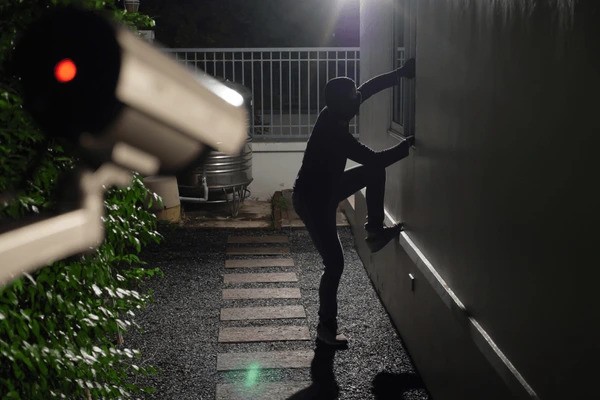
Laws and policies are essential for proper prison surveillance. They guide how cameras are used and ensure systems are effective.
For example, the Prison Camera Reform Act requires prisons to fix broken cameras and upgrade outdated systems. Clear rules help maintain accountability and fairness.
Policies also focus on using cameras responsibly without violating privacy. Regular inspections ensure prisons follow these guidelines and improve where needed.
Legal frameworks create a standard so all facilities work towards safer environments. By following these rules, prisons can balance safety and ethics while keeping operations transparent and secure for everyone.
Challenges and Considerations
Using security cameras in prisons comes with challenges. Blind spots, where cameras can’t see, remain a problem in many facilities. Equipment may break or need regular maintenance, which can be costly.
Prisons must also ensure enough staff to monitor the footage and respond quickly. Additionally, there’s the risk of camera systems being hacked or footage being leaked, which can create security risks.
Another concern is over-surveillance, where too much monitoring feels invasive and affects morale. Prisons must continuously update systems and train staff to handle these challenges. Balancing safety, privacy, and cost is key to making surveillance effective.
You Should Know: Can Police Tamper with Security Cameras? – Legal Or Not?
Building Trust Through Accountability
Cameras in prisons help build trust by keeping everyone accountable. They record everything, which means staff and prisoners are less likely to act unfairly.
For example, if there’s a complaint about mistreatment, the footage can show what happened. This creates transparency and helps resolve conflicts quickly.
Accountability also reduces abuse or misconduct by staff, as they know their actions are being recorded. Similarly, prisoners are less likely to break the rules when they know cameras are watching.
Over time, this promotes a culture of fairness and trust within the facility. By using cameras wisely, prisons can ensure everyone is treated with respect and honesty.
Monitoring Visitor Interactions
Prison visitor areas are closely monitored to ensure safety. Cameras here help prevent contraband smuggling, like drugs or weapons, during visits.
They also protect visitors and staff from any aggressive behavior. Monitoring these interactions ensures visits remain safe and respectful for everyone involved.
For example, if a prisoner becomes unruly, guards can intervene quickly. Cameras also make it easier to investigate complaints about inappropriate behavior.
This controls the environment and encourages positive connections between prisoners and their families. By securing visitor areas, prisons maintain order while allowing inmates to stay connected with loved ones.
Supporting Investigations and Evidence Collection

Prison cameras are a valuable tool for investigations. When incidents like fights or escapes occur, recorded footage provides clear evidence of what happened. This helps authorities understand the situation and take appropriate action.
For example, the footage can confirm the truth if there’s a dispute between inmates or a claim of staff misconduct.
Cameras also deter false accusations, as the video doesn’t lie. In serious cases, like crimes committed inside the prison, recordings can be used in court as evidence.
By documenting everything, cameras ensure fairness and accountability, making it easier to maintain order and resolve conflicts effectively.
Improving Staff Training and Performance
Surveillance cameras also help train prison staff. By reviewing footage, supervisors can identify areas where staff need improvement.
For example, if guards react slowly during a fight, training can focus on quicker responses. Cameras also show examples of good performance, helping teams learn from best practices.
Additionally, knowing they are being monitored encourages staff to follow procedures carefully. This improves their professionalism and reduces mistakes.
Cameras provide real-world scenarios for training sessions, making lessons more practical and effective. Over time, better-trained staff lead to a safer and more efficient prison environment, benefiting workers and inmates.
Need To Know: Do Ring Cameras Have Audio – Everything You Need To Know!
Preventing Contraband Smuggling
One major concern in prisons is the smuggling of banned items like drugs, phones, or weapons. Cameras play a big role in preventing this.
They monitor high-risk areas like entry points, visiting rooms, and delivery zones. For example, cameras can catch someone trying to pass contraband or identify suspicious packages during a visit.
Combined with other measures like metal detectors, surveillance helps reduce the flow of illegal items. Preventing smuggling keeps the prison safer for everyone, as fewer banned items mean fewer fights or illegal activities. By staying vigilant, cameras help maintain control and reduce the risks associated with contraband.
FAQs
1. Can thieves disable security cameras?
Yes, thieves can disable cameras by cutting wires, jamming signals, or covering lenses. However, modern systems often have backup features to prevent this.
2. Do security cameras actually deter thieves?
Yes, security cameras deter many thieves because they fear being caught. However, determined criminals might still try to commit crimes despite cameras.
3. Do security cameras catch shoplifters?
Yes, cameras help catch shoplifters by recording their actions. Store staff or police can use the footage to identify and prosecute them.
4. How do you tell if a security camera is watching you?
Look for blinking lights, movement (if it’s a rotating camera), or active recording indicators to check if a camera is watching you.
5. Do burglars target houses with cameras?
Burglars generally avoid houses with visible cameras because it increases their risk of getting caught. Cameras act as a strong deterrent.
6. What do burglars hate the most?
Burglars hate loud alarms, motion-activated lights, barking dogs, and security cameras. These measures increase their chances of getting caught.
7. How do thieves disable security cameras?
Thieves may cover lenses, cut power cables, or jam signals. Advanced cameras with tamper alerts or backups can counter such attempts.
8. Can you destroy/disable security cameras or the faces?
Physically damaging cameras or hiding faces might help thieves avoid detection. However, such actions are illegal and often lead to harsher consequences.
9. Are security cameras a deterrence against shoplifters, or do they attempt to steal anyway?
Cameras deter most shoplifters, but some still try to steal, thinking they won’t be noticed or caught. Cameras make stealing riskier.
10. Why do thieves and criminals still commit the crime anyways when they were aware security cameras are recording them in the act?
Some thieves act out of desperation or overconfidence, thinking they won’t get caught. Others don’t care about consequences or plan to evade capture.
Conclusion
In conclusion, security cameras are vital in deterring crime, enhancing safety, and maintaining accountability. While not foolproof, they are a strong deterrent against theft and misconduct. With technological advancements and proper use, cameras ensure a safer environment, helping protect homes, businesses, and institutions from criminal activities.

